CELTIC PIGS: From Picts to Half Pennies to BBQ
Search the interweb for “Celtic pig” and you’ll find the native Galician breed “Porco celta” from the north west of Spain or perhaps the prize-winning BBQ of Melissa Ingram and Sam Bracken of Kentucky who are taking their Celtic Pig food truck and graduating to a sit-down eatery. (Well done, you two!)
But wait, there’s more to Celtic pigs… both domestic and the wild “boarish” types.
In Celtic lore, the (sow) pig was honored as a mother, provider figure. Pigs were a common measure of wealth. Look to Manannan (a sea god in Irish Mythology) who owned a heard of pigs that never diminished in size; the herd magically replenished its numbers. In Celtic symbolism – pigs are icons of abundance and fertility.
The ferocious wild boar is the most frequently depicted animal in Celtic art (second only to birds of prey). There are iconic examples left in stone by the Picts across Scotland. Available archaeological and numismatic evidence suggests that boar hunts may have played an important role in Iron Age warrior initiations, forming part of a ‘rite of passage’ ritual.
And speaking of numismatics, you find pigs on Irish coinage well into the 20th century. The halfpenny (½d) was the second-lowest value coin of the pre-decimal Irish pound. First issued in 1928, it ceased to be legal tender on 1 August 1969. Minting a pig was extremely controversial. Critics felt the depiction was too close to the derogatory cartoons of ‘Paddy and his pig’ that had appeared in Punch magazine since Victorian times. Pork and bacon were major Irish exports at the time, so the committee ‘went with the money.’
“Pigs as wealth” also shows up in Wales. Behold the magical herd of pigs belonging to King Pryderi in the Welsh national epic – The Mabinogian. Pryderi sadly lost his life attempting to recover his stolen herd, which he lost to codes of Welsh hospitality and trickery motivated by lust for a virgin. A war was fought and Pryderi was killed, but the perpetrators were punished by magic. It’s a very satisfying read – I recommend it! (And if you have a chance to hear the Celtic music band, Moch Pryderi, I highly recommend them, too!)
While we’re in Wales, consider the frightening hwch ddu gwta (tail-less black sow) also known as the Cutty Black Sow, which appeared around Samhain (Halloween). She is a demon or monster that steals the souls of any she catches. She’s often described as a black female pig with glowing eyes that walks upright on hind legs. Sir James George Frazer documents the Cutty Black Sow in his book, The Golden Bough. From page 348:
“According to Sir John Rhys, the habit of celebrating Hallow’een by lighting bonfires on the hills is perhaps not yet extinct in Wales, and men still living can remember how the people who assisted at the bonfires would wait until the last spark was out and then would suddenly take to their heels, shouting at the top of their voices, “The cropped black sow seize the hindmost!”
Here is a Welsh expression you can make your own: Cachu hwch, pronounced: Cach-ee hooch (The 'ch' sound is the same as the Scottish loch). It translates as “Pig’s poo” and means “It’s all gone wrong.” I hope you don’t have to use it often.
The prefix meaning pig/pigs is Mhuc (Scots Gaelic), Mochyn (Welsh) and Muc or Muic (Irish Gaelic). In the case of “Muckross” - A ros is a wood or headland, so this beautiful and much-visited place is actually called “The Pig Wood”. While visiting Muckross House in Killarney National Park, you can also find the talented crafts people of Mucros Weavers. Every purchase of a scarf, hat, cape, etc. by Mucros Weavers helps support the Muckross Trust. Did you know that The Celtic Ranch offers a fine selection of Mucros woolens? Use your browser at www.CelticRanch.com or browse the old-fashioned way in our shop. No danger of getting a “pig in a poke” here – we carry only the best!
Lori McAlister,
Wrangler of Cultural Affairs




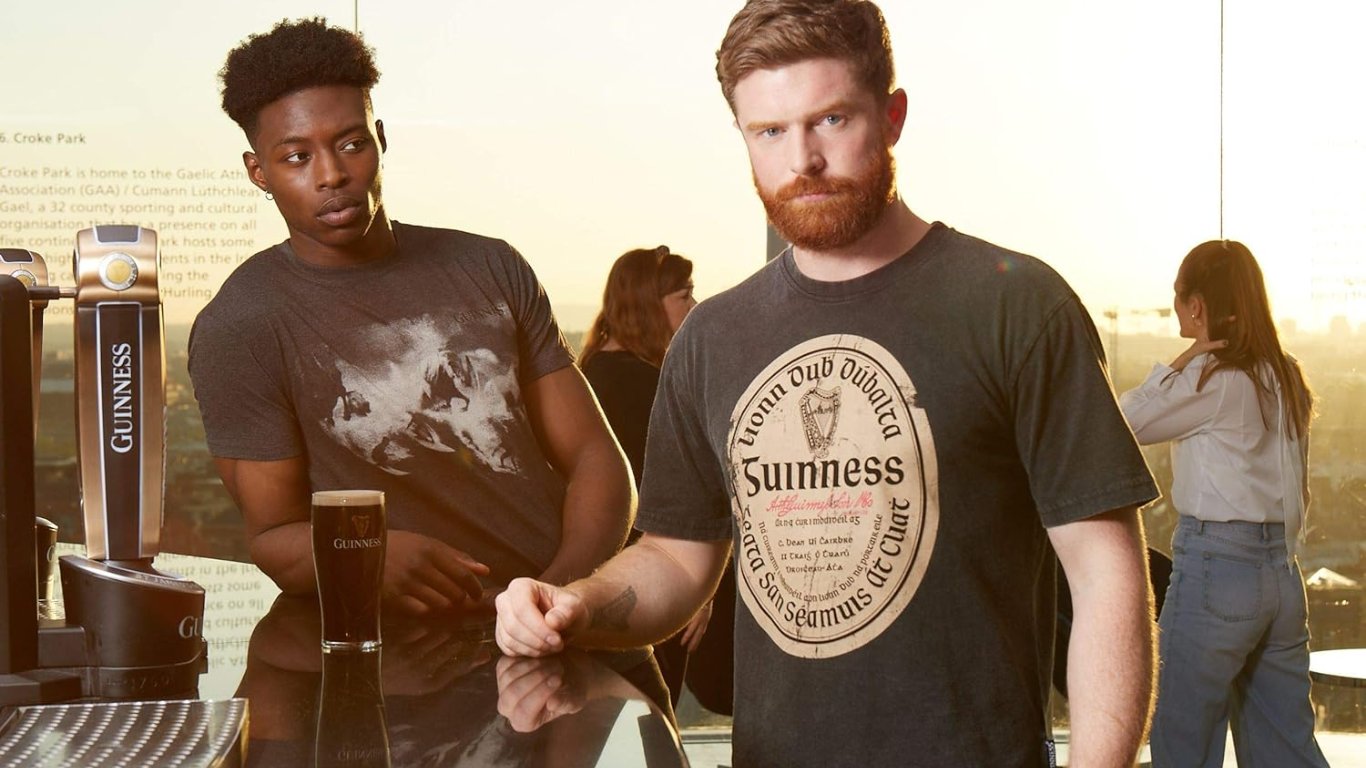
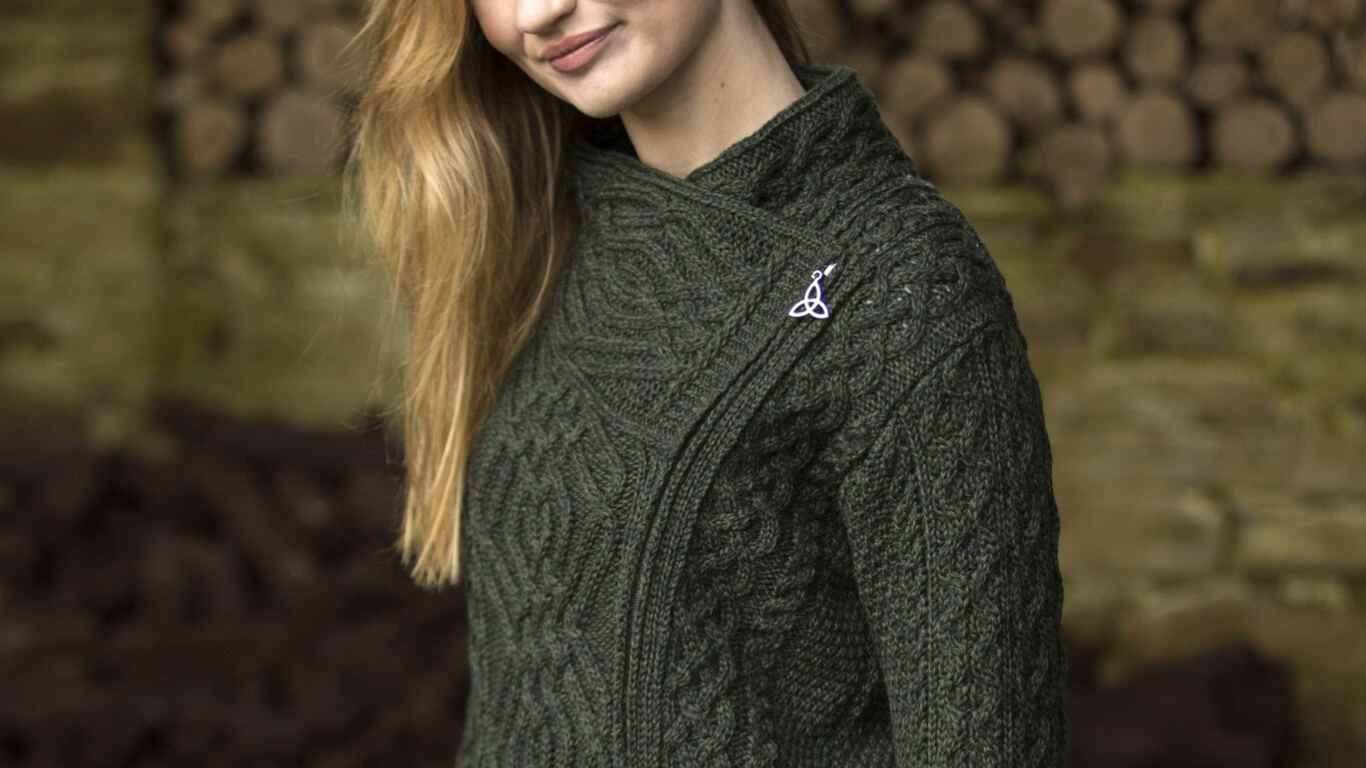



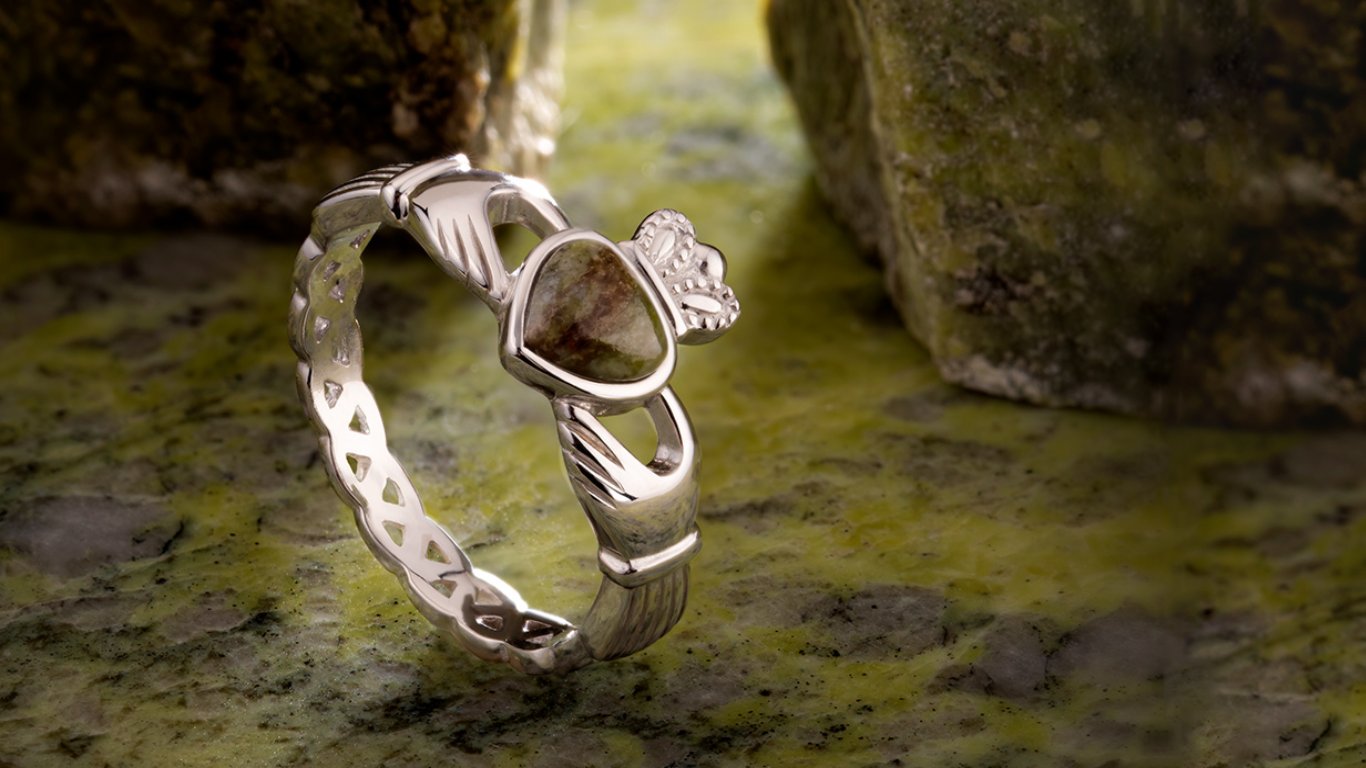

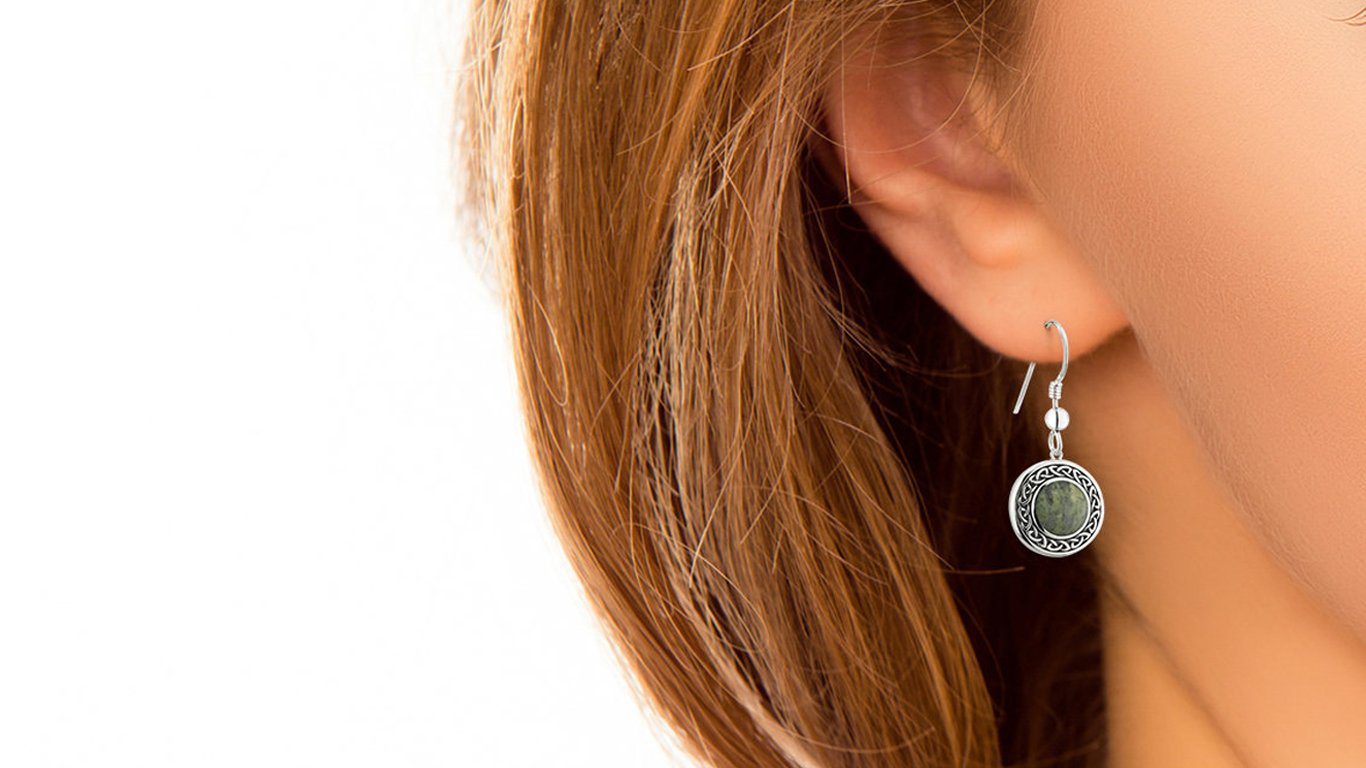

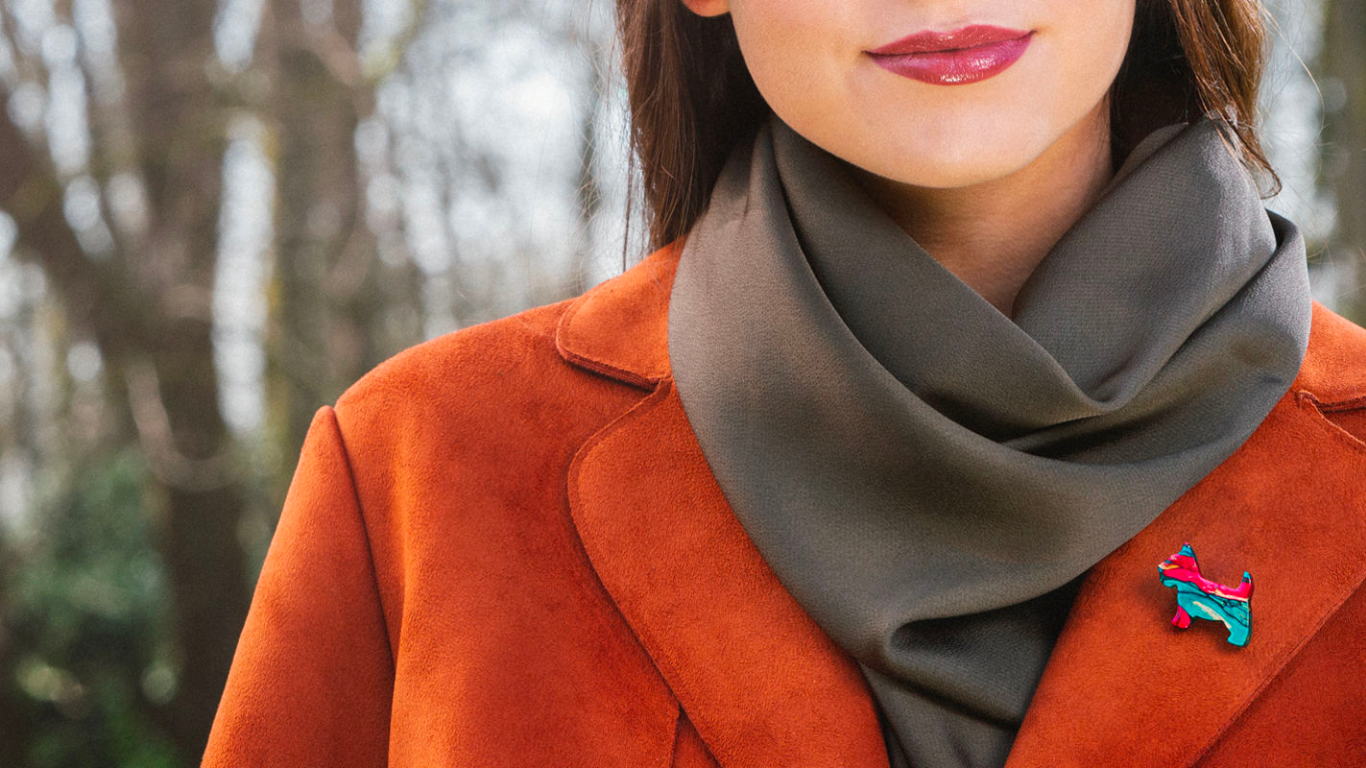

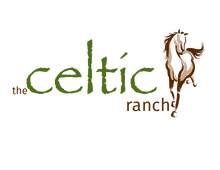



We were fortunate to visit Muckross House on our tour of Ireland but did not know the meaning of the word so thanks for writing this interesting blog.
Leave a comment